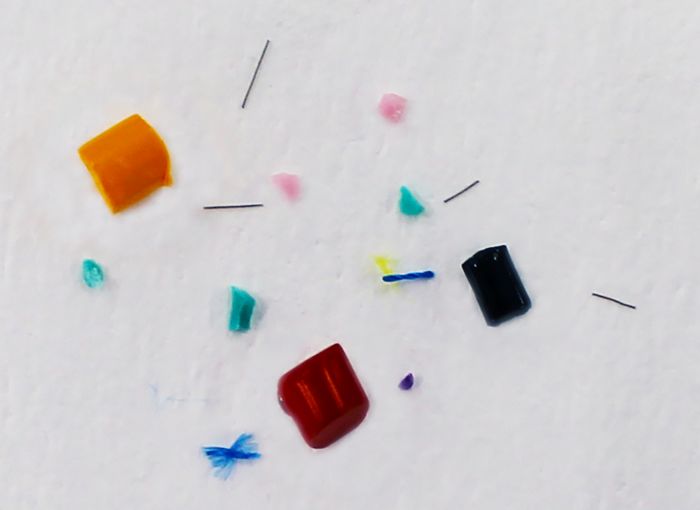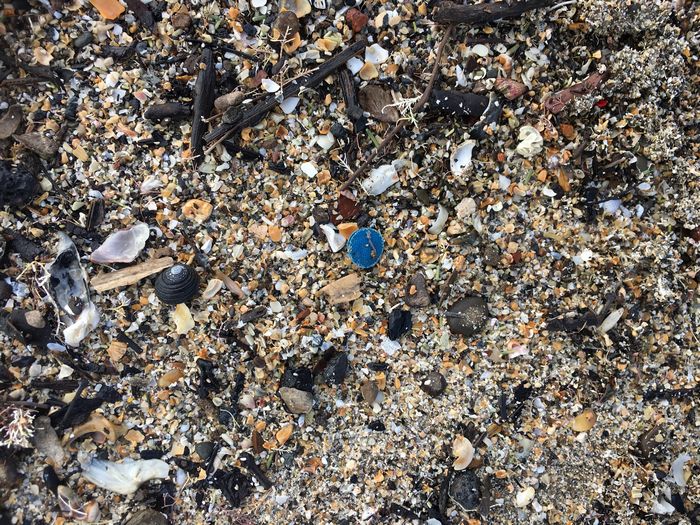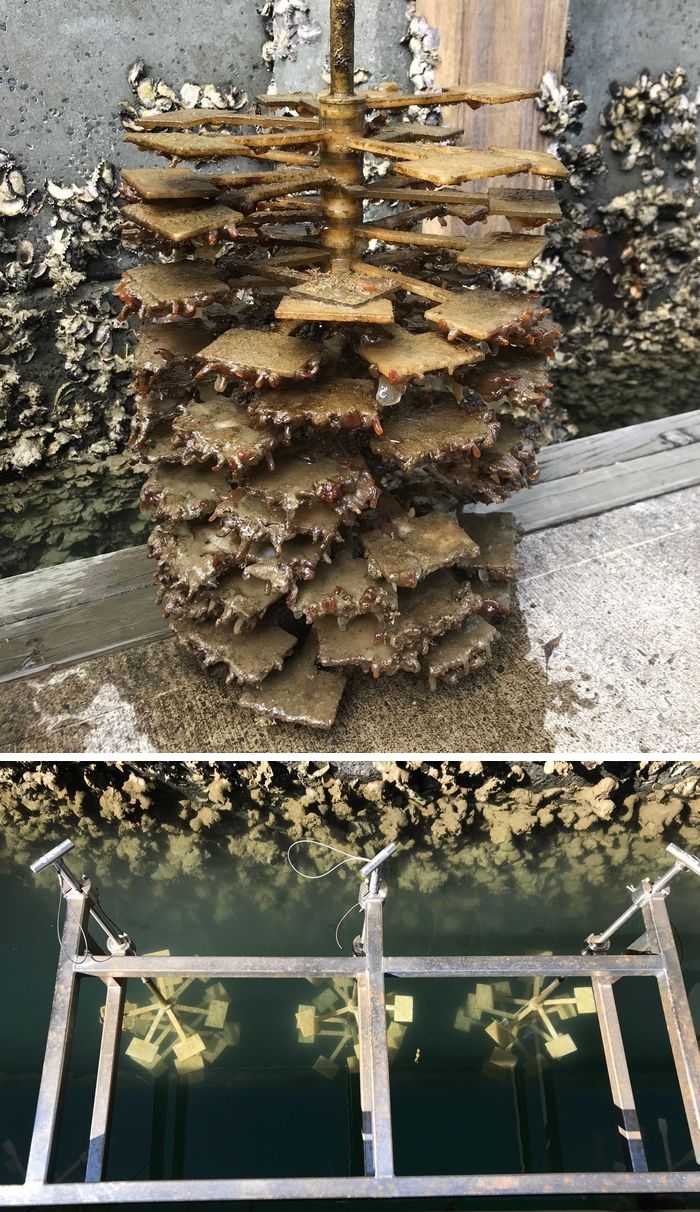Small things add up

Microplastics in our oceans may be small, but they’re mighty – and not in a good way. But there’s hope for the future with research, involving Scion, that’s shining a new light on the scale of the problem, and what can be done to minimise its impact.
There’s estimated to be more than 15 trillion pieces of microplastic debris in the world’s oceans, 80% of which come from land-based activities.
Microplastics are pieces of plastic smaller than five millimetres and can either be produced at that size or result from the fragmentation of larger items over time.
Their tiny size means they can contaminate marine and terrestrial ecosystems in a huge number of ways, impacting not only the environment, but animals and people too.
Because microplastic research is a relatively new area of investigation, these impacts are largely unknown.
To find out the scope of impact of microplastic pollution in New Zealand, Scion has partnered on the Aotearoa Impacts and Mitigation of Microplastics project, or AIM2.
As the first comprehensive research project of its kind in New Zealand, the goal is to establish the current level and types of microplastic pollution, where it’s come from and where it goes. The risks and impact on our environment, economy and wellbeing are then assessed, as well as what can be done to minimise the amount of plastic finding its way into our natural environment.
Led by fellow Crown Research Institute (CRI), the Institute of Environmental Science and Research (ESR), Scion has been working alongside Nothcott Research Consultants, the University of Canterbury, University of Auckland and the Cawthron Institute, as well as regional councils, and community and iwi groups.
Solidifying the facts
Scion project leader Kate Parker says despite knowing they were there, until recently very little has been done in the microplastics research space.
“We started our research with the question, ‘How do we get rid of them?’ but quickly needed to step back and prove they’re there – and how much.”
Microplastics have been largely ignored in the past, due to the prevalence of their more visible and larger counterparts, macroplastics – think straws and plastic bags.
“Microplastics have been ignored because they’re not easily seen. Scion has set up leading methods to measure, quantify and identify the microplastics in our marine environment.
“We’ve been able to provide comprehensive data on the amount of microplastics in our marine environments, as well as their characteristics and where they’ve come from.”
Sand samples were collected from 61 sites across Northland, Auckland, Waikato and Canterbury from beaches, harbours and marinas. Samples were also taken from a wastewater treatment plant.
Results were similar across the four regions, which found fibres, potentially from the likes of clothing, laundry or geotextiles such as weed matting, were the biggest culprit, making up two-thirds (66%) of the microplastics found.
The most common types of plastics found were polyethylene (PE), polyethylene terephthalate (PET) and polypropylene (PP): That’s plastic from soft drink and milk bottles, clothing and upholstery, buckets, camping equipment and construction material, to name but a few.
Auckland had the largest amount of microplastic pollution, due to population size, while the West Coast had more pollution compared to the East Coast, likely because of ocean currents transporting microplastics from elsewhere.

Risks and impacts
AIM2 is about more than just the physical aspects of plastics in our environment. It’s also been tasked with looking at the environmental impacts, both direct and indirect.
This has included trials on what happens to plastics submerged in the water.
Paddles were created from commonly found plastics and submerged in the ocean for different timeframes – three, six and 12 months.
The goal was to find out how the plastics changed over those time periods, what biofilms grew (and the health of those organisms), whether leaching of plastic additives was occurring and the potential impact that was having on the environment.
Half the paddles were weathered in the lab before being submerged, to compare whether aged and weathered plastics behaved differently once in the water than ‘newer’ plastics.
Scion researcher and PhD student Jamie Bridson is doing his thesis on the fate of plastic additives once they’re in the ocean.
Additives include things such as colourants, chemicals that strengthen plastics or make them more malleable, UV inhibitors or processing aids.
“Do they leach, or do they stay in the plastic? What happens when they leach? And what happens when that plastic is ingested by a fish, for example?”
Once the data from the plastics trial has finished being analysed, the information will help inform risk assessment methods and models here and internationally.
“What we know is that different plastics and additives all behave differently, so there won’t be a one-size-fits-all approach to looking at solutions.”
Trailblazing methodology
Scion has led the international methodology on the detection of microplastics and their characteristics, through the use of an automated infrared microscope.
Bridson says because this is a new field of research, Scion wanted to do things differently – namely automating the analysis process.
“In the past, analysing microplastics has been extremely laborious. Every piece of microplastic had to be found, counted and carefully retrieved by eye under a light microscope.
“We needed the process to be more automated and less subjective, so we decided to use an infrared microscope, which detects not only the amount and size of each particle, but also what type of material it is.
“Each material absorbs infrared light differently, which acts like a fingerprint, and enables us to determine what’s present and where that material may have come from.”
Risk assessment and education around how to reduce microplastic pollution will be the next important steps for the AIM2 project, which is set to wrap up in September 2023.
Another follow-on project is also in the pipeline, to look at what can be done to address the issues identified by AIM2, and how to reduce the amount of microplastics entering our environments.

